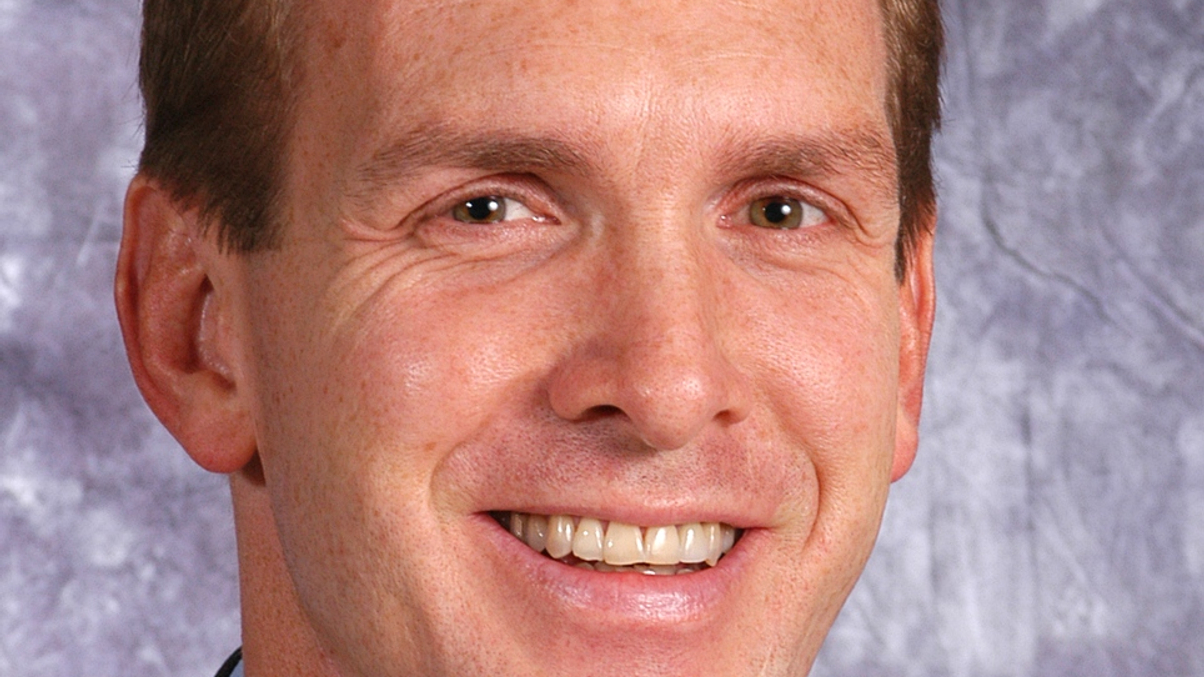Bond managers struggle with liquidity risk
Falling dealer inventories of fixed-income securities raises fears of market turmoil, with the odds of temporary seizures in certain sectors seen as high. So what will be the trigger?

The withdrawal of investment banks as secondary fixed income market-makers combined with thin bond trading has stoked fears of a market seizure in the event of a credit or rate shock.
Sign in to read on!
Registered users get 2 free articles in 30 days.
Subscribers have full unlimited access to AsianInvestor
Not signed up? New users get 2 free articles per month, plus a 7-day unlimited free trial.
¬ Haymarket Media Limited. All rights reserved.


